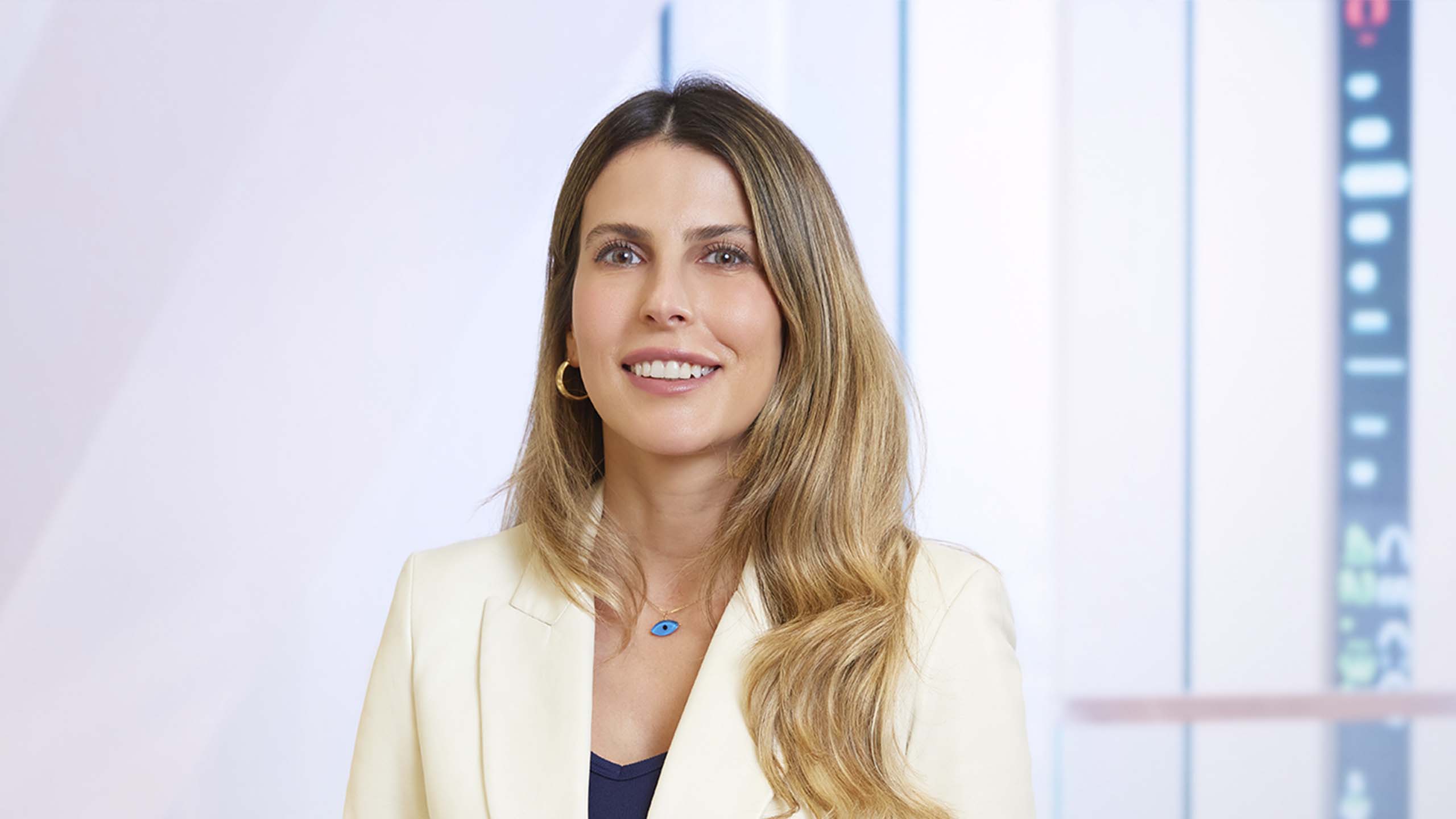Alicia: Hello and welcome to our latest private credit update. Today I am joined by Seray Incoglu, portfolio manager and head of our private real estate debt asset management.
Text on screen: Alicia Li, Private Credit Strategist
In recent years, commercial real estate has faced significant challenges: rising rates, reduced liquidity, fewer transactions, and a meaningful pull-back in lending from traditional lenders. Here at PIMCO, we believe this has created a persistent and lasting opportunity in private real estate debt. Seray, could you tell us a little bit more about this opportunity?
Seray: Thank you for having me Alicia and I’m happy to discuss what we are seeing.
Text on screen: Seray Incoglu, Portfolio Manager and Head of Global CRE Debt Asset Management
To start, as you noted, it’s important to recognize how much pressure the commercial real estate market has been under in recent years – from the pandemic followed by inflation and geopolitical tensions – all coupled with the uncertainty around rates.
While this challenging backdrop continues to weigh on liquidity, the volatility also creates opportunities across the financing spectrum.
In the CRE credit space, we are now able to originate senior loans based on recalibrated property values — and with lender-friendly terms and enhanced credit protections. Compared to direct real estate investments, these loans offer compelling risk adjusted returns.
Second, today, potential economic slowdown and greater cash flow volatility are likely to extend the transitional phase for many real estate assets.
Third, we continue to see growing and persistent demand for private capital in the commercial real estate space — especially for transitional loans. The maturity wall is intensifying as large volumes of debt approach maturity while transaction activity and liquidity remain subdued. And with trillions of CRE debt needing refinancing, there is a widening gap between the capital available and what’s required to service these maturities.
Lastly, we continue to see opportunities to acquire existing loans and securities at attractive discounts, particularly as traditional lenders and even private capital look to free up liquidity and de-risk.
Together, these factors lay a prime foundation for opportunity in the CRE lending space.
Alicia: Seray, you mentioned transitional loans. What are transitional loans and why do we find it particularly compelling?
Seray: Transitional lending provides capital to lease-up, renovate, or reposition commercial properties. Real estate assets aren’t static – properties progress through lifecycle stages like development, lease-up and stabilization, and eventually renovation as they age.
Today, many properties face longer transition periods due to economic uncertainty and changing tenant demands. At the same time, tighter banking regulations and higher rates have increased the cost of capital for these loans, creating opportunities for private capital.
What make these loans compelling is they support business plans that enhance asset value. That creates a margin of safety for lenders — as the borrowers receive distributions only after the property reaches stabilization.
Alicia: How does commercial real estate debt fit within a private credit portfolio?
Seray: In today’s uncertain economic climate, traditional drivers of real estate equity returns – rent growth and value appreciation – have become less predictable. Commercial real estate debt offers a more defensive profile.
In addition, commercial real estate lending often shows lower correlation with traditional public and private markets, providing potential diversification benefits. With property values down 15 to 30 per cent since peaks in 2021, entry points may be more attractive, especially compared to corporate valuations that are near historical highs.
For real estate focused investors, debt can offer better relative value than core equity, especially in a higher rate environment where capital flows increasingly favours credit over equity.
For private credit investors, CRE credit often comes with liquidity and complexity premiums, lower mark to market volatility, and better risk-adjusted returns – often backed by hard assets and supported by covenants and structure designed to help mitigate default risk and improve loss recovery.
And for fixed income investors, commercial real estate credit can provide higher yields, floating interest rate exposure, lower correlation to major markets, and contribute to portfolio diversification.
Alicia: Since 2019, PIMCO has deployed over $23 billion in commercial real estate debt, navigating the pandemic, geopolitical tensions, rising rates and inflation. What do you think has been the key to our success?
Seray: We believe that there are three key, proven elements to success in the commercial real estate credit space: disciplined underwriting and investment selection, hands-on proactive asset management and risk mitigation, and lastly, unwavering access to financing markets.
We use a rigorous underwriting process that taps into PIMCO’s proprietary analytics, macro insights and cycle-tested real estate expertise. This helps us assess borrower quality and asset value and structure each deal with the right pricing, terms, and covenant protections.
Equally important is our hands on, proactive asset management of each loan. Our dedicated team closely monitors each asset and borrower, staying close to sector and market trends, operating performance and any emerging risks. This proactive oversight lets us spot and act on potential challenges early before they become problems.
And lastly, our relationships with financing partners and unwavering access to flexible capital give us flexibility in how we structure and manage these investments, even during market volatility.
We believe this three-pronged, disciplined process supports resilient performance throughout the market cycle, particularly during times of heightened volatility and economic stress.
Alicia: Thank you, Seray, and thank you for joining us today. We hope you have found that useful. If you’re interested in finding out more, please contact your PIMCO account manager.

